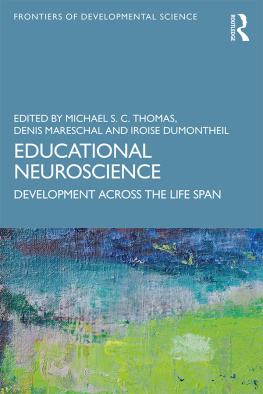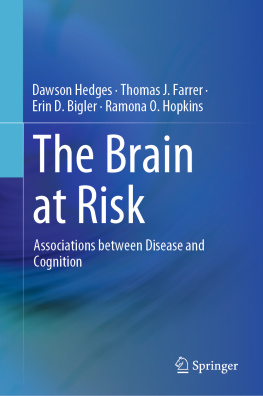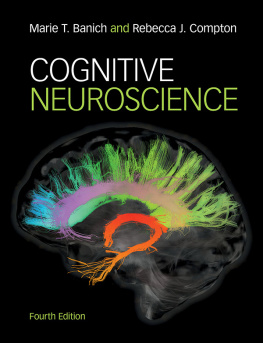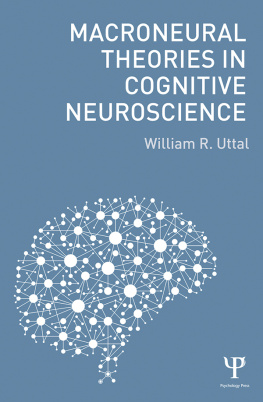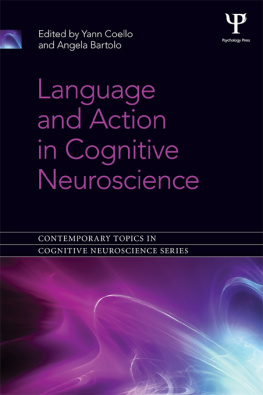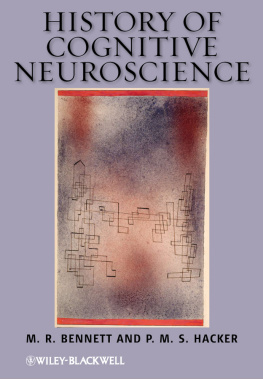Jamie Ward - The Students Guide to Cognitive Neuroscience
Here you can read online Jamie Ward - The Students Guide to Cognitive Neuroscience full text of the book (entire story) in english for free. Download pdf and epub, get meaning, cover and reviews about this ebook. year: 2015, publisher: Psychology Press, genre: Children. Description of the work, (preface) as well as reviews are available. Best literature library LitArk.com created for fans of good reading and offers a wide selection of genres:
Romance novel
Science fiction
Adventure
Detective
Science
History
Home and family
Prose
Art
Politics
Computer
Non-fiction
Religion
Business
Children
Humor
Choose a favorite category and find really read worthwhile books. Enjoy immersion in the world of imagination, feel the emotions of the characters or learn something new for yourself, make an fascinating discovery.
- Book:The Students Guide to Cognitive Neuroscience
- Author:
- Publisher:Psychology Press
- Genre:
- Year:2015
- Rating:3 / 5
- Favourites:Add to favourites
- Your mark:
The Students Guide to Cognitive Neuroscience: summary, description and annotation
We offer to read an annotation, description, summary or preface (depends on what the author of the book "The Students Guide to Cognitive Neuroscience" wrote himself). If you haven't found the necessary information about the book — write in the comments, we will try to find it.
Reflecting recent changes in the way cognition and the brain are studied, this thoroughly updated third edition of the best-selling textbook provides a comprehensive and student-friendly guide to cognitive neuroscience. Jamie Ward provides an easy-to-follow introduction to neural structure and function, as well as all the key methods and procedures of cognitive neuroscience, with a view to helping students understand how they can be used to shed light on the neural basis of cognition.
The book presents an up-to-date overview of the latest theories and findings in all the key topics in cognitive neuroscience, including vision, memory, speech and language, hearing, numeracy, executive function, social and emotional behaviour and developmental neuroscience, as well as a new chapter on attention. Throughout, case studies, newspaper reports and everyday examples are used to help students understand the more challenging ideas that underpin the subject.
In addition each chapter includes:
- Summaries of key terms and points
- Example essay questions
- Recommended further reading
- Feature boxes exploring interesting and popular questions and their implications for the subject.
Written in an engaging style by a leading researcher in the field, and presented in full-color including numerous illustrative materials, this book will be invaluable as a core text for undergraduate modules in cognitive neuroscience. It can also be used as a key text on courses in cognition, cognitive neuropsychology, biopsychology or brain and behavior. Those embarking on research will find it an invaluable starting point and reference.
The Students Guide to Cognitive Neuroscience, 3rd Edition is supported by a companion website, featuring helpful resources for both students and instructors.
Jamie Ward: author's other books
Who wrote The Students Guide to Cognitive Neuroscience? Find out the surname, the name of the author of the book and a list of all author's works by series.




